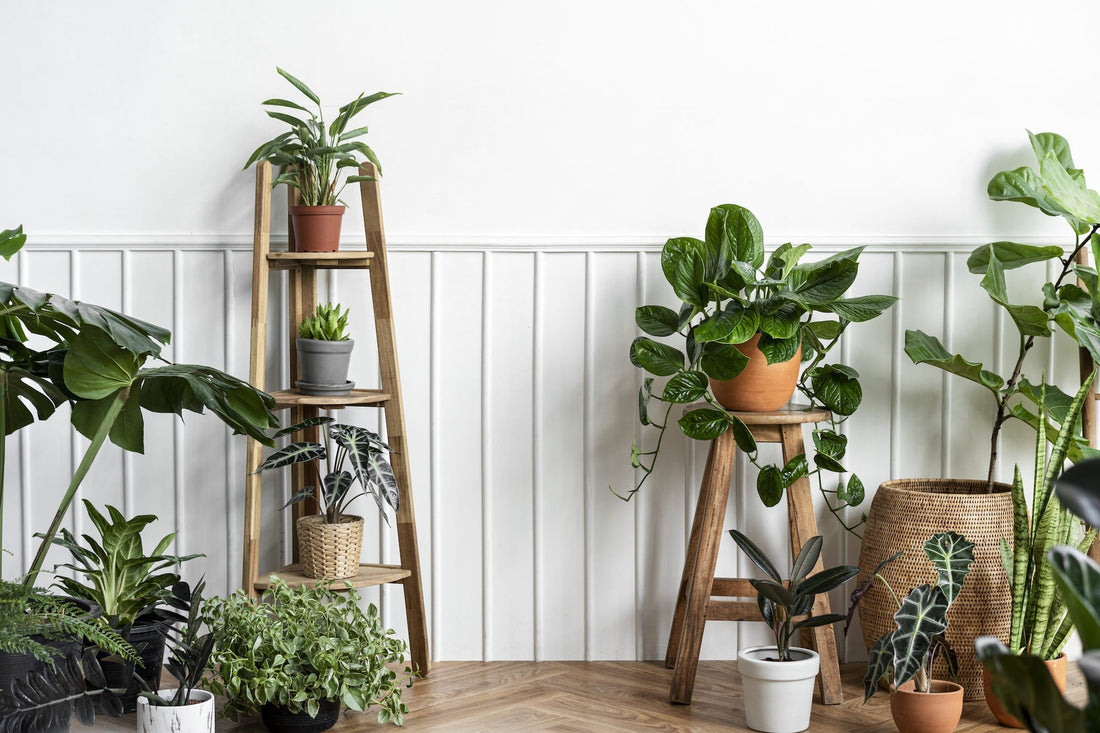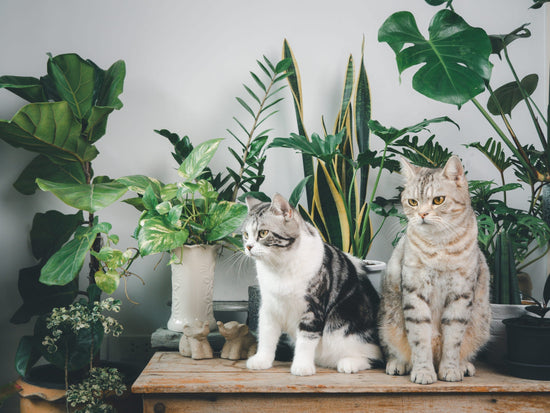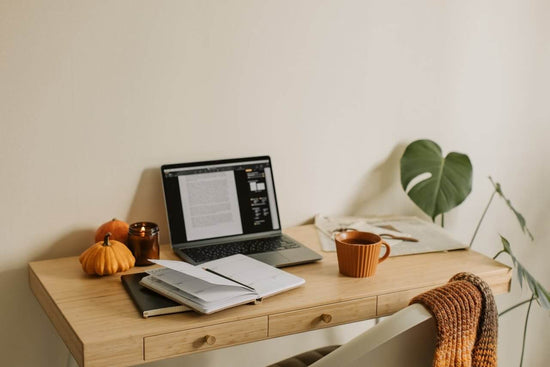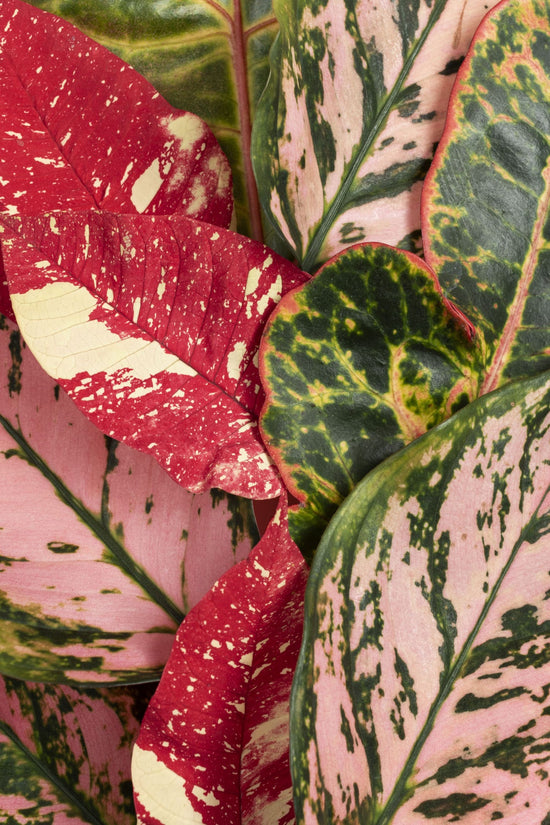Every home has dark corners, whether due to limited window space or poor room orientation. But these areas can also be beautified with suitable houseplants. The choice However, choosing the right houseplants for dark rooms can often be a bit of a challenge, as not every plant can cope with low light. This makes it all the more important to understand the plant's needs while also keeping an eye on the conditions in your own home. Only when both are in harmony can houseplants grow healthily and create a vibrant atmosphere.
Know the lighting conditions in your home
The lighting conditions in our living spaces vary considerably – from sun-drenched window seats to shady niches. For plants to develop optimally, they should be placed exactly where their needs are met. Before making a decision, it's worth carefully assessing the lighting conditions in your home. Knowing how much light reaches each area allows you to select suitable plants more effectively.
Sunny: Locations that receive direct sunlight for several hours a day, usually at least four to six hours. South-facing windows are particularly suitable.
Partial shade: Areas that only receive direct sunlight occasionally, usually with a mix of indirect light and shade. Typical examples are east- or west-facing windows, where the sun only shines in the morning or evening.
Shady: Places that still receive daylight but not direct sunlight. Typical examples are rooms with north-facing windows or areas shaded by trees, balconies, or curtains.
Dark corners: Areas that receive very little or no direct daylight. Typical examples are rooms without windows, hallways, or alcoves located far from light sources.
Plants that need little light
Alocasia (elephant ear)
The Alocasia is an ideal plant for low-light conditions and thrives particularly well in rooms with only indirect lighting. Darker corners or places with diffused daylight are ideal for it. It's important to keep the soil slightly moist and maintain high humidity so that the large, decorative leaves can develop their full potential. Since Alocasias grow relatively quickly, they should be checked regularly and potted larger when necessary.
-
Light: shade to partial shade, no direct sun
-
Example location: next to a north-facing window, in a corner of a room with indirect light or in a room with curtains
-
Special feature: loves high humidity, ideal for bathrooms or bright hallways without direct sunlight

Philodendron
Philodendrons are known for their heart-shaped leaves and climbing growth habit. They also tolerate low light well, making them suitable for darker corners of the home. Consistently moist soil promotes growth. Occasionally dusting the leaves facilitates photosynthesis.
-
Light: shade to partial shade, no direct sun
-
Example location: in a corner of a room with little daylight, at a north-facing window or on a shelf
-
Special feature: climbs or hangs, depending on space available

Syngonium (arrowroot)
Syngoniums are easy-care plants that can tolerate low light, making them ideal for darker corners. Indirect light is usually sufficient for your Syngonium to grow healthily. A slightly higher humidity level is beneficial, so it's recommended to mist the leaves occasionally.
-
Light: shade to partial shade, no direct sunlight
-
Example location: in a corner of a room with indirect light, on a sideboard or in a bathroom with a window
-
Special feature: compact growth; suitable both as a table plant and for shelves

Monstera (Swiss cheese plant)
The Monstera is known for its adaptable nature. While it prefers a bit more light, it also thrives in partially shaded areas. Ideally, however, the plant should receive a few hours of indirect light to ensure the leaves remain strong and healthy. Due to its size, the Monstera is particularly well suited to filling empty corners or visually structuring a room.
-
Light: partial shade to bright, no direct sunlight
-
Example location: next to an east or west window, a few meters from the south window
-
Special feature: develops its typical leaf windows only in sufficient light

Anthurium (Flamingo flower)
Anthuriums thrive in partially shaded areas and prefer diffused, indirect light. Direct sunlight should be avoided to prevent leaf damage. Higher humidity supports healthy growth, which is why regular misting is recommended.
-
Light: partial shade, no direct sunlight
-
Example location: a few meters from the east or west window, in the bright bathroom or living room
-
Special feature: forms striking, long-lasting inflorescences under good conditions

How to properly care for houseplants in dark rooms
Water sufficiently
Even if a plant can survive with low light, it still needs adequate watering. Make sure you keep the soil only slightly moist to avoid waterlogging. Too much water can lead to root rot, especially in poorly lit areas where evaporation is lower and the substrate dries out more slowly.
Adjust humidity
In rooms with little daylight, humidity may be lower, perhaps due to heating or poor ventilation. To counteract this, it helps to regularly mist the plant with water or place a shallow bowl of water nearby. Many plants that require little light originate from humid, tropical regions and benefit from a stable, slightly humid microclimate.
Monitor leaf health
The leaves often provide early indications as to whether a plant is feeling well. If the leaves become pale, lose color, or appear unusually thin, this could be a sign of too little light. If new growth remains small or fails completely, this is also an indication of insufficient light. However, if the plant receives too much direct sunlight—even though it prefers partial shade or shade—light brown spots, dry edges, or even leaf burn may appear.
Optimize location
If your plant shows slow growth, pale leaves, or appears weak, this could indicate unsuitable lighting conditions. Try different locations and observe how it responds. The seasons also play a role: In winter, a brighter location is helpful, while in summer, a spot with less direct sun is better.





